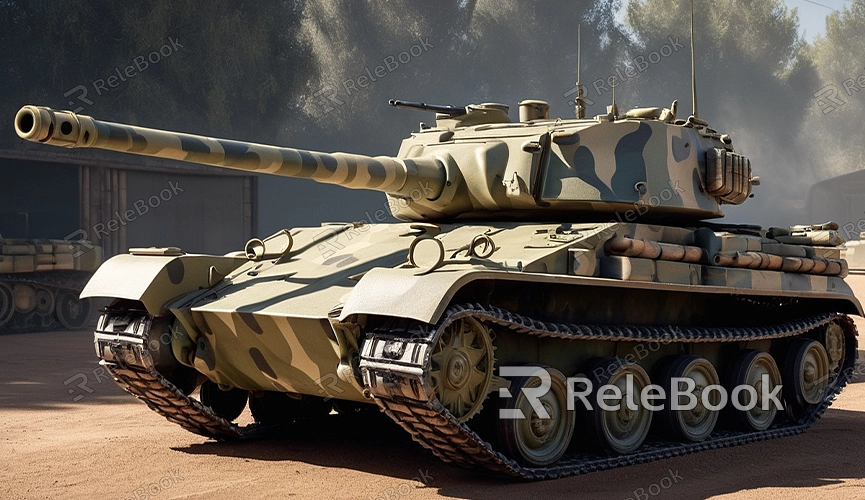How to render a blender animation
Creating stunning animated works in Blender is an exciting endeavor, but achieving professional-grade rendering effects requires mastering certain techniques and steps. This article will provide you with a detailed guide on how to render animations in Blender, making your creations more vivid and realistic.
Preparation:
Before rendering animations, some preparation is needed:
1. Complete Animation Production: Ensure you've finished the necessary animation production work, including scene setup and object movements.
2. Adjust Rendering Settings: In Blender, you can adjust rendering settings to achieve different rendering effects, such as resolution, frame rate, lighting, etc.
3. Choose Rendering Engine: Blender offers various rendering engines like Cycles, Eevee, etc. Choose the appropriate rendering engine based on your needs.

Setting Rendering Parameters:
In Blender, you can adjust rendering parameters to fine-tune rendering effects:
1. Resolution Settings: Adjust resolution parameters in the rendering settings to select the appropriate resolution size.
2. Frame Rate Settings: Set the animation's frame rate, typically choosing 24 frames per second or 30 frames per second.
3. Lighting Settings: Adjust lighting settings according to scene requirements, such as adding light sources, adjusting light intensity, etc.
Selecting Rendering Engine:
Blender offers multiple rendering engines, each with its characteristics and advantages:
1. Cycles Rendering Engine: Cycles is Blender's ray-tracing rendering engine, capable of achieving high-quality rendering effects suitable for static scenes and complex lighting effects.
2. Eevee Rendering Engine: Eevee is Blender's real-time rendering engine, allowing real-time preview of rendering effects suitable for scenarios requiring quick previews and debugging.
Adjusting Materials and Textures:
Before rendering animations, adjustments to object materials and textures are necessary:
1. Adding Materials: Apply appropriate materials to objects, selecting different material types like diffuse materials, specular reflection materials, etc.
2. Adjusting Textures: Enhance details and realism by adding textures and texture maps to objects, making rendering effects more lifelike.
Rendering the Animation:
After completing the preparatory work, you can start rendering the animation:
1. Set Output Path: In the rendering settings, set the output path and file format, selecting suitable output formats like PNG, JPEG, etc.
2. Start Rendering: Click the render button to begin rendering the animation. Rendering time may vary depending on the animation's length and complexity, so be patient during rendering.
3. Preview Rendering Effects: After rendering is complete, preview the rendering effects to check if they meet requirements. Adjustments and modifications can be made if necessary.
Exporting and Sharing the Animation:
After rendering is complete, you can export and share the animation with others:
1. Export Animation: In Blender, choose to export the animation, selecting the appropriate output format and parameters to export the animation file.
2. Share Animation: Share the exported animation file with others. You can share your work via email, social media, etc.
By following these steps, you can easily render beautiful animated works in Blender. Rendering animations require certain skills and experience. Additionally, if you need many high-quality 3D textures and HDRI or downloadable 3D models, you can download them from Relebook and directly import textures and 3D models into your project.

